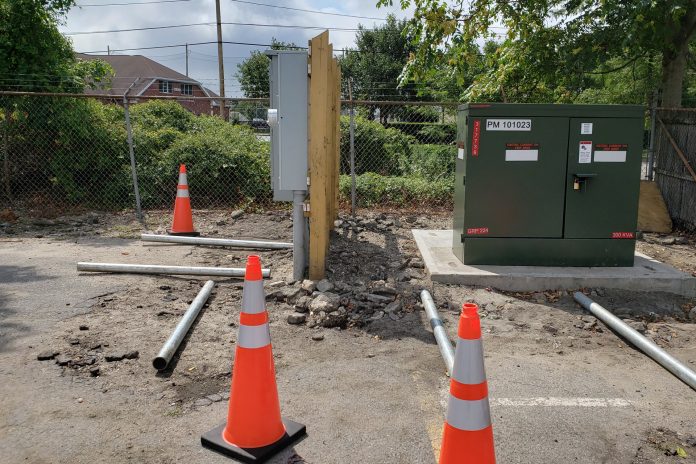A markup of the bipartisan agreement on the $1.2 trillion transportation and energy infrastructure legislation reveals that new electric school bus purchases could be funded at a fraction of the amount originally proposed to speed up the transition toward zero emissions.
As previously reported, the agreement reduced the total amount of funds for electric buses to $15 billion from $20 billion, and it lumps together school buses and transit buses. The funding breakdown sent to School Transportation News by the National School Transportation Association also indicates that half of that $15 billion would go toward electric vehicle infrastructure.
It was unknown at this report if the intent by Congress is to initiate a competitive grant program for school buses and transit buses, as well as what EV infrastructure funds mean. Ostensibly for school buses, some money could go toward purchasing charging stations. But money could also bypass school districts altogether and go to public utilities to pay for increased electricity needs for transportation yards.
Meanwhile, separate bills in the House and Senate aim to also fund the adoption of electric school buses but at $25 billion over 10 years or $1 billion over five years.
Download the bipartisan infrastructure agreement framework.
Another necessary detail is how to pay for the infrastructure enhancements, which was reduced threefold from the original $4 trillion White House proposal. The bipartisan agreement notes over a dozen potential financing sources. They include reducing the IRS tax gap, or what taxpayers owe and what they actually pay on time; fixing unemployment insurance integrity and redirecting unused unemployment COVID-19 relief funds; allowing states to sell or purchase unused toll credits; 5G spectrum auction proceeds; and public-private partnerships as well as private activity bonds, direct pay bonds, and asset recycling.
One financing source not mentioned in the agreement, but that has been widely reported as an option, is adding an EV tax on consumers. However, public school districts are largely exempt from paying motor fuels taxes.
Meanwhile, the infrastructure framework would fund roads, bridges and “major projects” to the tune of $109 billion, or over one-third of the $579 billion allocated for transportation. Another $266 is set aside for “other infrastructure,” including $73 billion for power infrastructure, which includes grid authority, and $65 billion to meet President Joe Biden’s goal of improving broadband internet access nationwide.
Additionally, the Biden administration has called for 500,000 passenger vehicle charging stations nationwide but for passenger vehicles, five times the amount currently available nationwide.
Related: Infrastructure, Revenue Generation Available to Support EV Implementation
Related: Top Considerations for EV Batteries & Charging Infrastructure
Related: Webinar Provides Overview of Electric School Bus Charging Infrastructure














